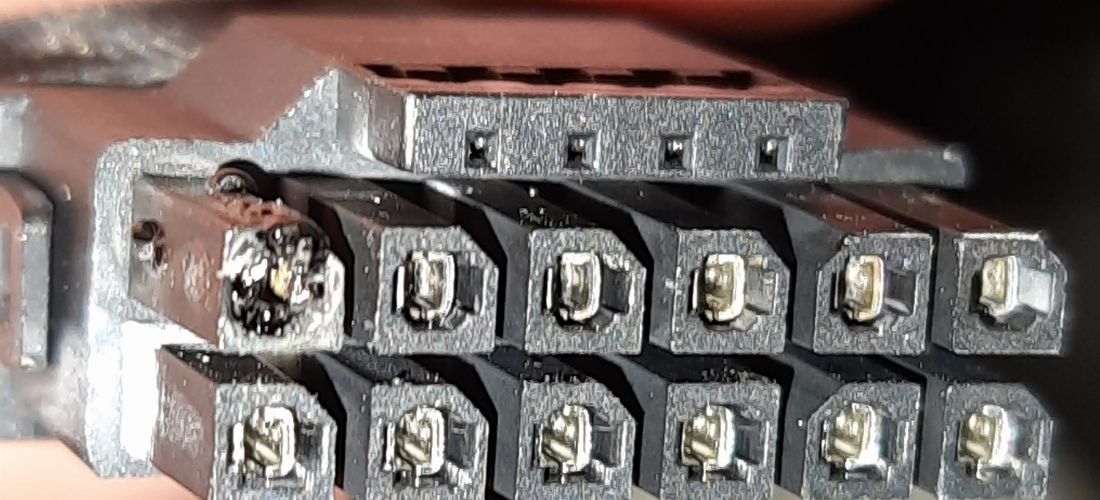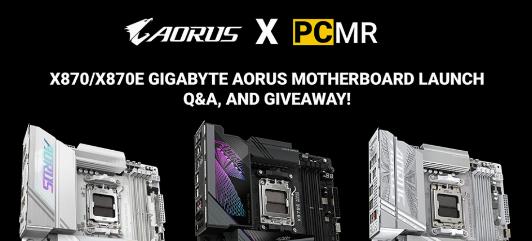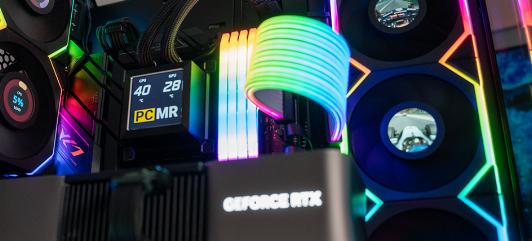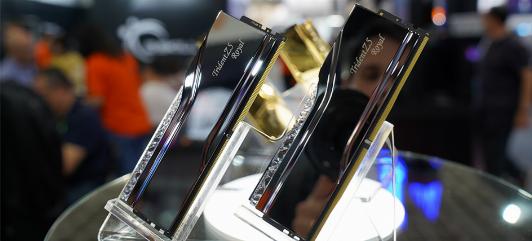PCMR FAQ: 12VHPWR AND ITS ISSUES

A lot of talks and sometimes conflicting info has been spread around in forums recently regarding the 12VHPWR connectors. Also, plenty of videos about the matter have been posted recently by some of the most recognizable people in the tech world.
A few things are certain, though: The connector represents a (forced?) change from the 8-pin PCIE standard. And if you need a quick TL;DR, the current main opinion is that this is caused by poorly made adapters due to a possibly poorly built design with weak soldering points, and not the connector itself.
First thing's first:
Q: What is this new connector I keep hearing about?
A: The new GPU standard, PCIE 5.0, has introduced us to the finalized version of that weird Nvidia power connector from the 30-series Founders Edition cards. This new plug is smaller than a PCI-E power connector and can carry A LOT more power (600W!). You can see the difference here:
 EVGA 3x8-pin PCIE to 12VHPWR adapter
EVGA 3x8-pin PCIE to 12VHPWR adapter
Q: Okay, but what is this new new connector I keep hearing about?
A: Didn't we just...okay. 12VHPWR is a 12+4 pin connector. The 12-pin portion was introduced with the Nvidia 30-series Founders Edition GPUs, this newer connector has an additional 4 sense pins on the side that should be able to communicate between the GPU and PSU to better manage power. Since your PSU doesn't have the connection for those sense pins these replacement cables and adapters are wired in a way so the GPU will think there is either 450W or 600W available.

Closeup of the 4090 FE 12VHPWR connector.
Q: Do I need a new PSU if I get a new GPU?
A: No. Each of these new GPUs will come with an adapter, like the one pictured above, that will have 3x or 4x PCIE power connectors to 1x 12VHPWR connector for the GPU. Each of those connectors will need a separate cable back to the PSU.
Some PSU makers (Seasonic, Corsair, be quiet!, ThermalTake, and many others) are making replacement 12VHPWR cables for particular models of their PSUs. This cable will replace several of your PCIE power cables with connections to the GPU, no adapter needed.
Alternatively, you can also get a custom version of the 12VHWPR cable for your PSU from a cable maker. such as CableMod.
Q: Wait, you said the adapter will have 3 or 4 PCIE connectors, why do these cables only have 2 connectors on the PSU side?
A: That's all they need! That 8-pin PCIE power connector is specified to carry up to 150W and PCIE power cable has 2 of those connectors so it should be able to handle 300W. The PSU side of that cable isn't as limited by spec and should be able to handle a little more, so plugging in 2 connections directly to the PSU should be adequate. You can get a custom cable made with more PSU connections for redundancy/peace of mind.
Q: If that PCIE cable can carry 300W, then why does it say I need separate cables for each connector on the adapter?
A: So you are less likely to burn your house down, as you're spreading the power draw across multiple cables. This is true for any electrical connection.
Q: I heard this new connector has a very limited number of uses, is that true?
A: Kinda, yes. Like every other internal power connection on a PC, the number of cycles (plugging in and unplugging) is only like 30 to 40. But unlike those previous connections, they aren't carrying 450W. There hasn't been enough time to figure out just how strict this limitation is, but avoid connecting and disconnecting it unless you have a real need to do it (as you should with almost every other connector).
Q: What happens if you do more than that number of cycles?
A: You risk burning your house down. Or melting stuff. Or it works fine like those old connections do.
PCI-SIG, the ones that oversee the spec on PCIE, does have some concerns about adapters not performing as they would like, per this WCCFTech article, which shows some worrying test results. In one test an 8-pin PCIE connector, the ones specified to carry 150W max, had a reading of 282W.
Some of this seemed due to bending the connector too much. CableMod has posted a guide about bending these adapters:
You will need at least 4 to 4.5cm of space between your GPU and your side panel in order to properly install the 12VHPWR cable.

Credit and More info in the CableMod CABLE GUIDE.
To appease the cabling gods we will add that they have a handy right-angle adapter that might help out in those tight spaces between massive GPUs and side panels.
Some other important takes about the connectOr melting issue:
- MODDIY's take on the issue is that 'uni-sleeved' cables that have a big heat shrink wrap around the wires, so when the cable bends it pulls pins out of alignment which means poor contact.
- Igor's Lab might have found the source of problems, poorly made adapters by Nvidia's contractor and/or possibly others due to poorly built design with weak soldering points, and not the connector itself.
 you just know that SOMEONE IS GOING TO TRY TO MAKE ONE OF THESE SOON.
you just know that SOMEONE IS GOING TO TRY TO MAKE ONE OF THESE SOON.
Q: Is there any way I can avoid dealing with replacement cables or adapters?
A: Sure, other than not buying a new GPU you could replace your PSU with a new PCIE 5.0 friendly version. Keep following the discussion in our subreddit, our subreddit FAQ and all our socials (links in the top bar) to learn about the issue and see if the community can get to the bottom of this. Nothing that prevents us from getting the most frames per second will prevail against the might of the PC Master Race.





